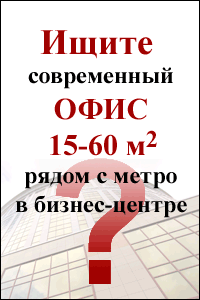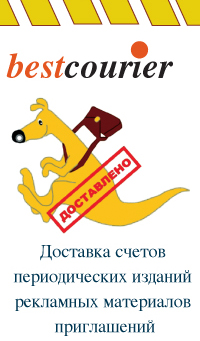The Kremlin’s militia-police dilemma: Reforming the irreformable

Rising to the citizens’ exasperations with the militia and total lack of public trust in the force, President Medvedev announced plans in summer to comprehensively reform the decadent agency. His objectives are to radically streamline the highly inflated, over-one-million-strong force, while increasing its efficiency, protection of citizens’ rights and security. Others include boosting salaries and provision of other attractive social packages designed to reduce rampant corruption and increase the agency’s social prestige. Finally, the reform also envisages a change of the force’s name, from militia, described by Medvedev as ‘a collection of citizens-in-arms from the early Soviet era, to police, which he calls ‘an embodiment of professionalism on public security issues.’
The reform initiatives, though belated by all ramifications, have been highly welcome across the country, as militia, whose core official function is ‘to protect and serve,’ has become one of the key sources of public dangers to citizens’ safety and security. This is because some police officers often see their IDs as a form of an official license to do anything — kill law-abiding citizens at random and without provocation. A barefaced manifestation of this behavior was Major Yevsyukov’s cold-blooded rampage in a Moscow supermarket. Other negative trends include extortions of bribes with impunity, falsifications of charges to ‘doctor’ performance statistics, while real criminals roam the land unchecked, etc. All these factors have made several Russian cities the most dangerous and criminalized areas in the world. These are not just unsubstantiated assumptions, but extrapolations of hard facts from official and public polls data. Thus, according to a recent Levada Center’s poll results, less than 30% Russians trust the militia, while an overwhelming majority of 70% say they are in ‘perpetual grave fear’ of it, citing negative personal encounters with the force that have left them with indelible negative impressions.

The key question now is how far can the presidential reform initiatives go to addressing all these issues and who will be in charge of the reform machine itself. Basically, there are three options, none of which is ideal. One variant is the militia itself; here success is not guaranteed because it is the force via mostly negative behavior that has brought itself to its present decadent state. The second variant is bureaucracy, but like the militia, success is not a done-deal, because it has also equally through poor decisions inflicted irremediable damages on a militia that was considered one of the world’s best — in terms of keeping cities safe — during the Soviet era. And, finally, the civil society, which has often been the victim of both the militia and bureaucrats’ actions and baffling inactions, when utterly necessary. This ‘victim stigma’ disqualifies it as the best institution to reform this vital agency, as its negative experiences from encounters with militia are likely to cloud objectivity in its reform drive.
So, the best exit from this dilemma is for these three institutions — militia, bureaucracy and civil society — to join efforts and create a new public security force. In this case, the official name — militia or police — will be totally irrelevant, if the new force can fully satisfy everyone’s security expectations and do so professionally and legally without alienating, undermining one group’s rights at the expense of the rest members of the Russian society, irrespective of their social statuses and political clouts.












 Web design,
Web design,